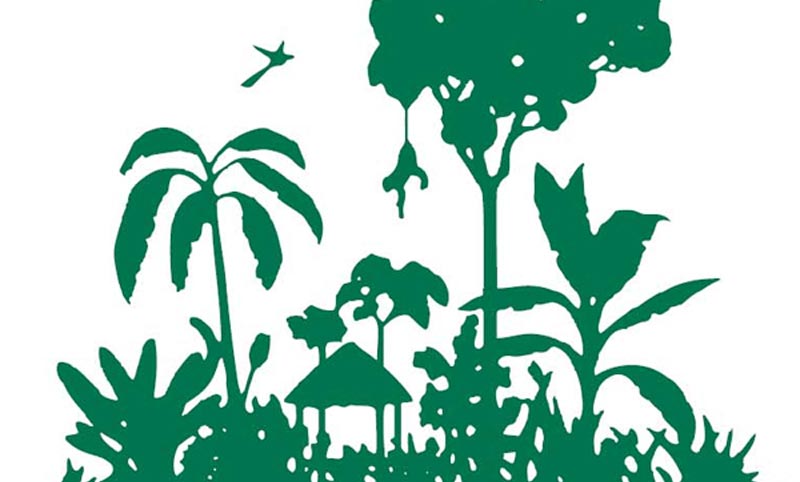No matter the holiday location, there will always be one or two ‘must see’ attractions, some of which are natural, and some are man-made. Examples include Niagara Falls in Canada, the Eiffel Tower in Paris, Ayres Rock in Australia’s Northern Territory, and for Bali news, we are certain that the Monkey Forest in Ubud should take its rightful place as a location every tourist should visit when on holiday there.
Now we accept that this is not the only location in the world where you see monkeys as no doubt every zoo, and possibly The Rock of Gibraltar will attest to, but it is certainly one where monkeys can be seen thriving in their natural habitat. That habitat is specifically the Ubud Forest which covers an area of just under 31 acres. To give you a comparison, that is the equivalent of around 18 soccer fields.
At that size, it is large enough to accommodate the monkeys, and give tourists the opportunity to walk around the forest with it not becoming too excessive a distance. In fact, even at a slow walking pace, you should be able to complete the entire walk around in about 2 hours.
One other advantage for the tourists of the forest, is that the large amount of foliage overhead which consists of the leaves of the trees, provides a natural canopy that keeps most of the forest in the shade. This also keeps it cool and protects everyone from the dangers that long periods of exposure to sunlight can create.
The local village of Padangtegal owns Ubud Monkey Forest and the members of the forest’s governing council consist of local villagers. The monkey forest is run by Padangtegal Wenara Wana Foundation whose main role is to effectively balance the needs of the forest as a tourist destination and the desire to adhere to the sacred and spiritual tenets of the forest, based upon the principles of Hindu.
One of these key principles include Hindu beliefs relating to how humans, our natural environment, and animals should all be living in harmony. This is the basis upon which the monkey forest is run and maintained by the locals.
As for the residents of the Monkey Forest, we will not start with the monkeys themselves, but with the trees which actually create their home. It is estimated that there are no fewer than 115 varieties of tree growing in the forest, and many of these are regarded as sacred. Locals can often be seen praying to the tress and giving gifts to the tree spirits.
As for the monkeys, the vast majority of them are Balinese Long-tailed Monkeys and the total monkey population is over 600. The monkeys generally have no fear of humans and so you will find them coming close to tourists. You will observe them playing, fighting, grooming themselves and grooming each other. You might even see a pair of them mating if you are lucky, or unlucky, depending on how might regard such a sight.
For reasons relating to the health of the monkeys, and to stop monkeys from being too keen to jump at tourists for food, tourists are no longer allowed to feed the monkeys, but you can watch them being fed by the staff.
We have mentioned the sacred way in which locals regard the forest, and this is further emphasised by the fact that within the forest, there are three temples. Tourists cannot enter the temples due to them being sacred places of prayer, but you can view the monkeys climbing and jumping all over them.
Our best advice is to visit Ubud Monkey Forest before lunchtime as this is when it is less busy, and you have a better chance of appreciating everything it has to offer. In terms of safety, the monkeys will only become aggressive if they sense aggression from a tourist so do not look them in the eye, do not bear your teeth and stay calm if one jumps on you, as panicking will cause the monkey to also panic.

